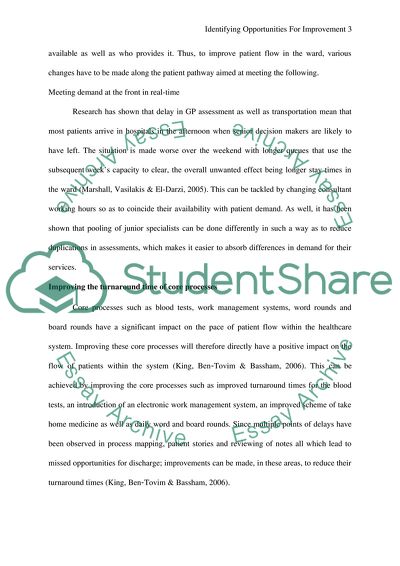Cite this document
(Trends and Approaches in Lean Healthcare Case Study, n.d.)
Trends and Approaches in Lean Healthcare Case Study. Retrieved from https://studentshare.org/health-sciences-medicine/1867075-identifying-opportunities-for-improvement
Trends and Approaches in Lean Healthcare Case Study. Retrieved from https://studentshare.org/health-sciences-medicine/1867075-identifying-opportunities-for-improvement
(Trends and Approaches in Lean Healthcare Case Study)
Trends and Approaches in Lean Healthcare Case Study. https://studentshare.org/health-sciences-medicine/1867075-identifying-opportunities-for-improvement.
Trends and Approaches in Lean Healthcare Case Study. https://studentshare.org/health-sciences-medicine/1867075-identifying-opportunities-for-improvement.
“Trends and Approaches in Lean Healthcare Case Study”, n.d. https://studentshare.org/health-sciences-medicine/1867075-identifying-opportunities-for-improvement.


